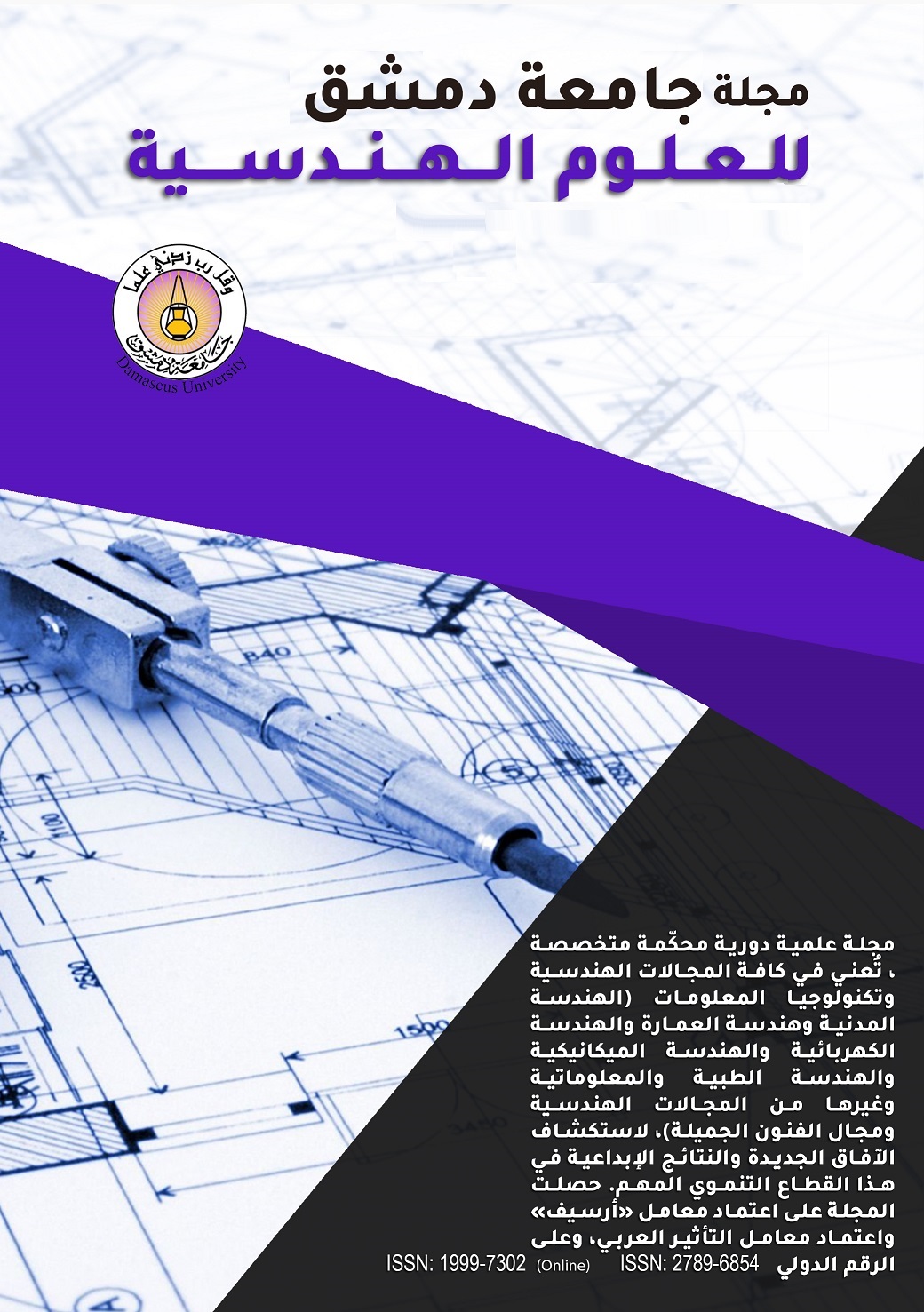Improvement of Urban Spaces' Environmental Quality Case Study: Applications of the Biotope Area Factor on Damascus City's Spaces
Abstract
City planners and Landscapers are facing a great challenge of setting actions towards a city where nature and urbanity converge and enhance one another, they are striving to preserve and increase green spaces in renewal process based on Green Infrastructure approach. It is challenging to improve environmental quality with the increase of urbanization rate in cities which put a pressure on urban spaces.
With the environmental deterioration in city centre caused by dense and mix use of defined areas as a result of renewal interventions in residential, commercial and services areas, it is necessary to set up environmental legislations for protecting open spaces and attaining its environmental balance, the Biotope Area Factor (BAF) has been developed to safeguard certain proportion of the development area to be left as a green space through ensuring that a given proportion of a particular site area is left undeveloped, and to be ecologically-effective surface areas to the total land area.
The theoretical part of the research clarifies how the Biotope Area Factor was formulated and insists on its application for its benefits and good results. While the practical part covers its application on city spaces of different residential and commercial areas. The results show potential application covers different forms of use, also it shows low values for the typical standards, it allows flexibility of the site design based on different options and several implementation instruments. The research ends up calling for putting BAF into practice that it contributes to standardizing the environmental quality goals of city

